Zhang Yimou once said in an interview with reporters that in the visual elements of the film, color is the most arousing factor in people's emotional fluctuations. Physiologically speaking, color is primary and can immediately arouse people's mood swings.
·Why does DCI-P3 make Apple Samsung "submissive"
At present, more than half a year has passed since the iPhone 7 was released. Compared with the previous iPhone, the main upgrade of the new model on the screen is that the color gamut has reached a wider DCI-P3 standard. These two new upgrades are expected. It will soon be extended to its iPad, Macbook products, Apple's upgrade is also consistent with the current development of the display industry. This does not, at the beginning of this year's CES in the United States, Samsung QLED TV also quickly responded, will support the DCI-P3 standard made a key publicity.
Apple and Samsung "inherently" stand behind the DCI-P3 technology. This is a topic that is worth exploring. What are the implications for the future of the display industry?
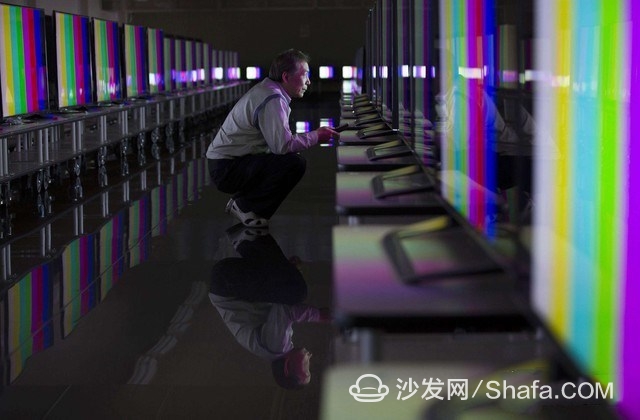
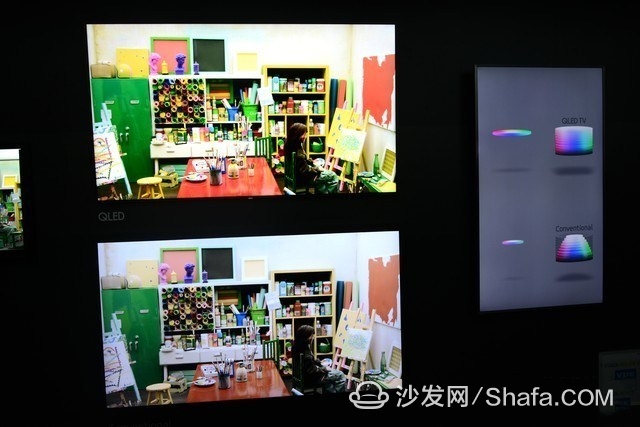
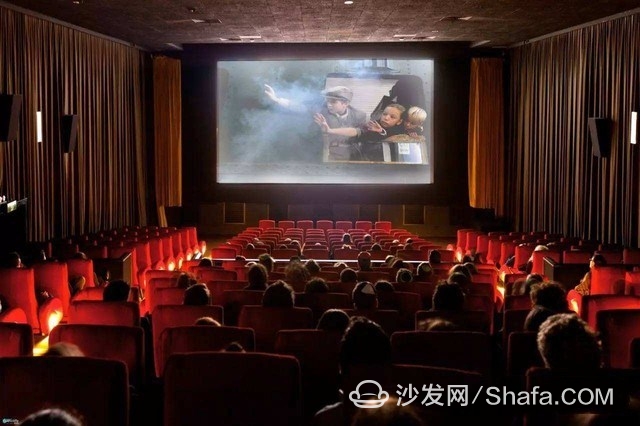
· Brightness is a good friend of color. Samsung's QLED TV and iPhone 7's major advancement is not only to support the DCI-P3 standard, but also a very important point is the increase in brightness. The Samsung QLED TV raised the brightness to 1500-2000nits, while the iPhone 7 pulled the peak brightness to 625nits. As we mentioned before, in order to restore a more realistic picture, color is of course very important, but brightness also has an effect on color.
The human eye can sense the brightness information of the real world. It is very rich. It can be seen through the pupil zooming in and out, from the faint stars in the darkness to the bright sunlight under the hot sun. The span can range from 0 to 10^5. Wide, and the closer the TV's peak brightness is to this standard, the more effective it will be. The brightness range that the previous televisions could display almost always followed the SDR standard 50 years ago. It can only carry up to 10^3 times the maximum number of digits, and it can't reflect the actual situation seen by human eyes on the display device.
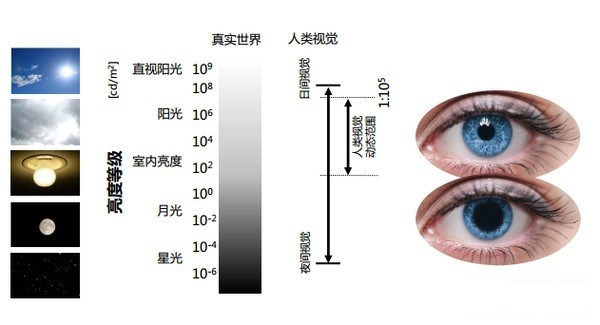
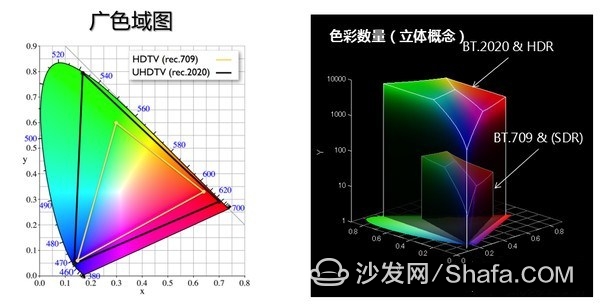
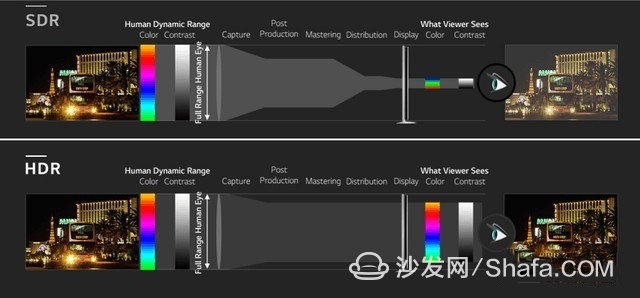
What does the DCI-P3 standard mean for users?
Samsung QLED TV screen has been upgraded from Rec.709 standard to DCI-P3 standard, this span is actually very large, we mentioned before that DCI-P3 is a very mature application in the film industry, the standard almost completely covers the Rec. The 709 standard, which is currently the color standard established by television, means that 100% coverage of the DCI-P3 standard means that it can present more abundant colors. Samsung took the lead in using this standard to create a precedent for TV color standards, just as the current iPhone 7 is also the first to use this standard in the mobile phone field.
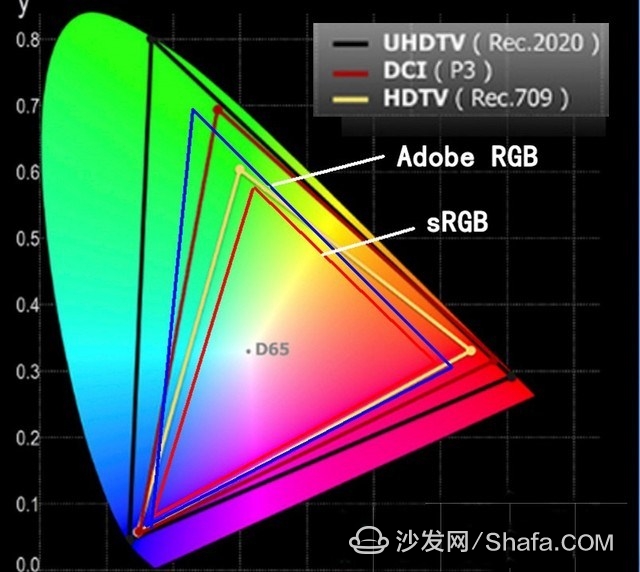
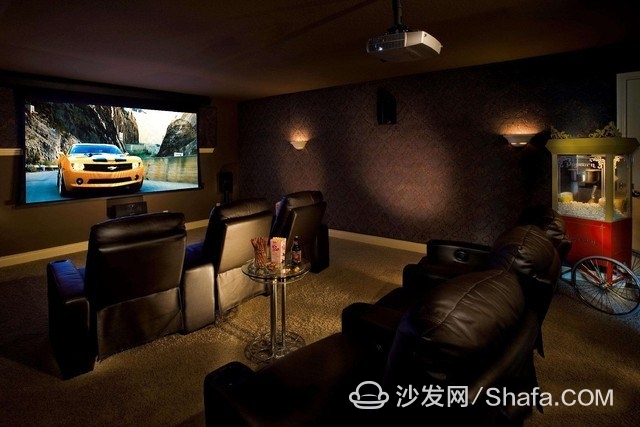
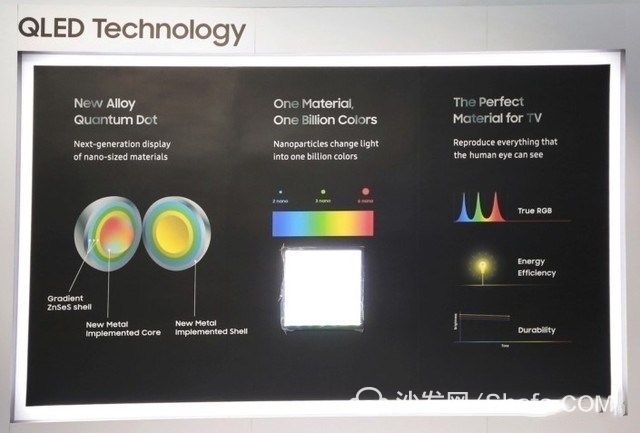
Samsung QA55Q7CAM detailed parameters
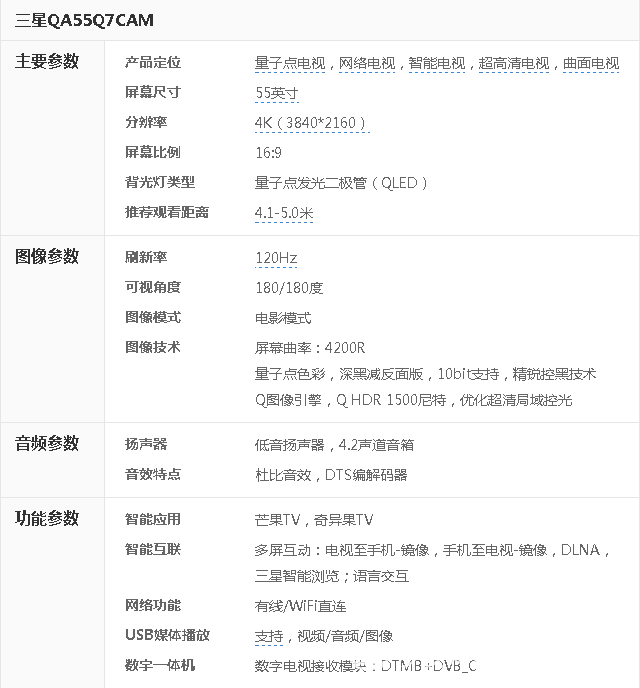
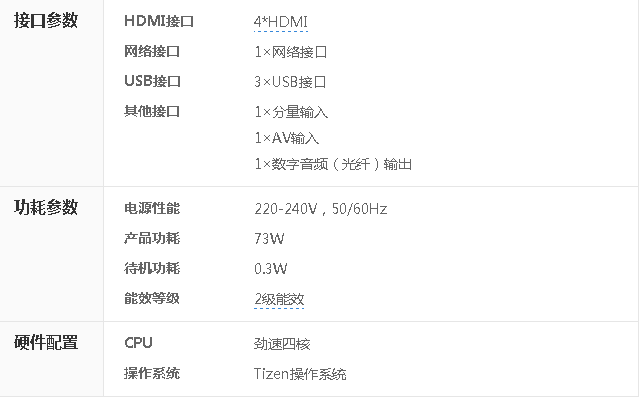
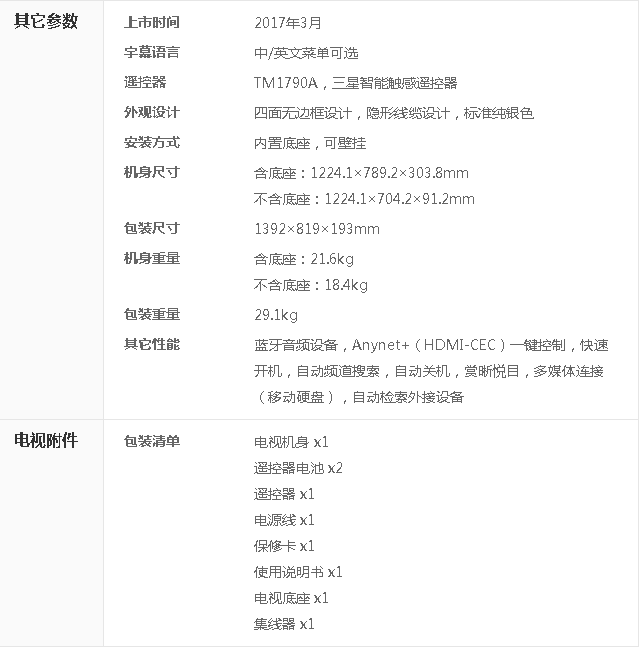
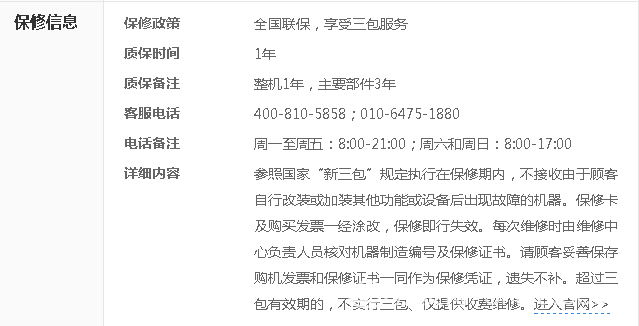
Smart TV/box information can focus on smart TV information network sofa butler (http://), China's influential TV box and smart TV website, providing information, communication, TV boxes, smart TVs, smart TV software, etc. Answering questions.
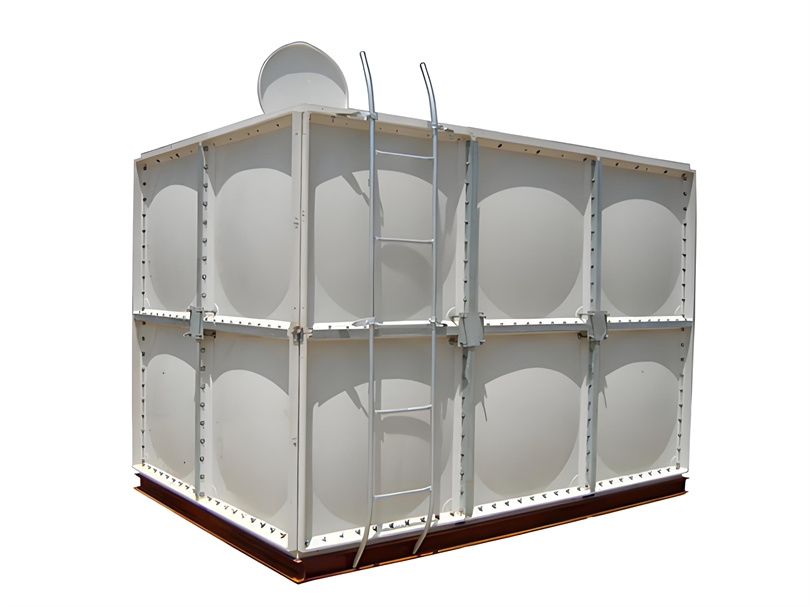
·Why does DCI-P3 make Apple Samsung "submissive"
At present, more than half a year has passed since the iPhone 7 was released. Compared with the previous iPhone, the main upgrade of the new model on the screen is that the color gamut has reached a wider DCI-P3 standard. These two new upgrades are expected. It will soon be extended to its iPad, Macbook products, Apple's upgrade is also consistent with the current development of the display industry. This does not, at the beginning of this year's CES in the United States, Samsung QLED TV also quickly responded, will support the DCI-P3 standard made a key publicity.
Apple and Samsung "inherently" stand behind the DCI-P3 technology. This is a topic that is worth exploring. What are the implications for the future of the display industry?

Color is the most important factor that evokes emotion fluctuations
We all know that due to the characteristics of quantum dot materials, quantum dot TV has a natural advantage in terms of color. Samsung announced the new QLED light quality sub-point TV at this year's CES in the United States. One of the DCI-P3 standards that has never appeared on the television color standard has become the focus of Samsung’s promotion. This is also the comparison of Samsung QLED TV. The biggest advantage of quantum dot technology, QLED TV can display 100% of the DCI-P3 color gamut in any environment. 
Samsung QLED TV can display DCI-P3 color space 100% in any environment
Many people may not understand the DCI-P3 standard. This standard is actually a newer color standard for digital cinema. It can match most of the color gamut in cinemas. Above the Rec. 709 standard, there are more red and green ranges that can almost completely cover the Rec.709 standard, which is the current international standard for high-definition television (HDTV). For any display device, the more colors that can be displayed, the more powerful the color performance is, and the DCI-P3 standard is completely higher than the Rec.709 standard. 
DCI-P3 is the color standard of digital cinema
Being able to see the real picture on the display device is the appeal of everyone in the industry, and color is undoubtedly a key factor. However, more than the true color has obviously lost its practical significance, and the process of getting closer and closer to the real color effect is also very difficult. Through the above response made by Apple's mobile phone and Samsung TV, we can see that the wide color gamut will certainly be the industry's development trend, but everyone may be unaware that the brightness will have a great impact on color. · Brightness is a good friend of color. Samsung's QLED TV and iPhone 7's major advancement is not only to support the DCI-P3 standard, but also a very important point is the increase in brightness. The Samsung QLED TV raised the brightness to 1500-2000nits, while the iPhone 7 pulled the peak brightness to 625nits. As we mentioned before, in order to restore a more realistic picture, color is of course very important, but brightness also has an effect on color.
The human eye can sense the brightness information of the real world. It is very rich. It can be seen through the pupil zooming in and out, from the faint stars in the darkness to the bright sunlight under the hot sun. The span can range from 0 to 10^5. Wide, and the closer the TV's peak brightness is to this standard, the more effective it will be. The brightness range that the previous televisions could display almost always followed the SDR standard 50 years ago. It can only carry up to 10^3 times the maximum number of digits, and it can't reflect the actual situation seen by human eyes on the display device.

The brightness range that humans can see is 0-10^5 cd/m2
The reason why HDR is so hot in the past two years is that it can greatly improve the brightness performance, but due to the limitations of hardware technology, the actual brightness that can be achieved is limited. At present, home-level flagship TVs can reach a brightness of more than 1000 nits. Samsung's flagship model KS9800 peak brightness was able to reach 1,000 nits last year, and this year's new Samsung QLED TVs have pulled their peak brightness to under the blessing of HDR technology. From 1500 to 2000 nits, it is enough to see the importance of HDR technology. 
HDR brings brightness dynamic range while also bringing richer colors
The effect of high brightness is not just "glare", but also brings richer colors. To understand the display effect, we must stereoscopicize all the concepts of quantification. The brightness and color can also produce chemical reactions. For example, the center of the real-world fireworks and flares is colored, but if the scene is reproduced with a display device with a lower brightness range, the colors in the center of the fireworks and flares may not be expressed. It's a pale one because each level of brightness contains different colors. 
HDR brightness can better restore the real scene
The high brightness is only one quadrant of the brightness dynamic range, and the other is a very low brightness, which can show a deeper black. There is also a good level of control between this very high and very low brightness, which is the basic condition for implementing HDR technology. With this extreme brightness and darkness and level control, the color of extreme brightness can be expressed more accurately. The greater the range of brightness that can be accommodated, the greater the level of brightness, and the same color, grayscale information will be more abundant. What does the DCI-P3 standard mean for users?
Samsung QLED TV screen has been upgraded from Rec.709 standard to DCI-P3 standard, this span is actually very large, we mentioned before that DCI-P3 is a very mature application in the film industry, the standard almost completely covers the Rec. The 709 standard, which is currently the color standard established by television, means that 100% coverage of the DCI-P3 standard means that it can present more abundant colors. Samsung took the lead in using this standard to create a precedent for TV color standards, just as the current iPhone 7 is also the first to use this standard in the mobile phone field.

DCI-P3 standard fully covers the Rec.709 standard
In the course of the development of color standards, the Rec.709 standard has been used for almost 50 years, including the current standards for film and television production. This is because most current display devices can only support this standard. A standard. Although the standards always go ahead, the display equipment is still catching up quickly. At present, most quantum dot TVs can achieve high color gamut because quantum dot materials are excited by light and emit different colors. This is the core competitiveness of quantum dot TV. 
Display device supports DCI-P3 standard for the benefit of HD enthusiasts
A few years ago, everyone was talking about when TV could break the color gamut of the 100% Rec.709 standard, and now most QD TVs can already break this range, even using the more widely-colored DCI- P3 standard. The DCI-P3 standard is the latest color standard in cinemas at present, so it is a blessing for Blu-ray enthusiasts or HD enthusiasts. In other words, if you use 100% coverage on the DCI-P3 standard TV to watch movies or Blu-ray discs Films can bring more outstanding results. 
Quantum dot material has natural advantages in color
Having said so much, everyone must have a deeper understanding of the importance of television colors and the DCI-P3 standard. However, returning to rationality to look at the color gamut, the wider the TV color gamut, it can only represent the rich colors that the TV can present, but it does not mean that it will be very accurate. If television does not have enough control and control over color, overly high color gamut will make the colors too bright and saturated. However, the picture we can currently see on the display device has made a qualitative leap compared to a few years ago. In the future, we will also see a more realistic picture. Samsung QA55Q7CAM detailed parameters




The FRP water tank is assembled from high-quality SMC water tank panels as a whole. Its characteristics are the use of food grade resin, resulting in good water quality, clean and pollution-free. The product has high strength, corrosion resistance, beautiful appearance, long service life, and convenient maintenance and management.

FRP WATER TANK, GRP WATER TANK, FRP PANEL WATER TANK, GRP PANEL WATER TANK, FRP DRINKING WATER TANK
Hebei Dingshengda Composite Material Co., Ltd. , https://www.dsdfrp.com
